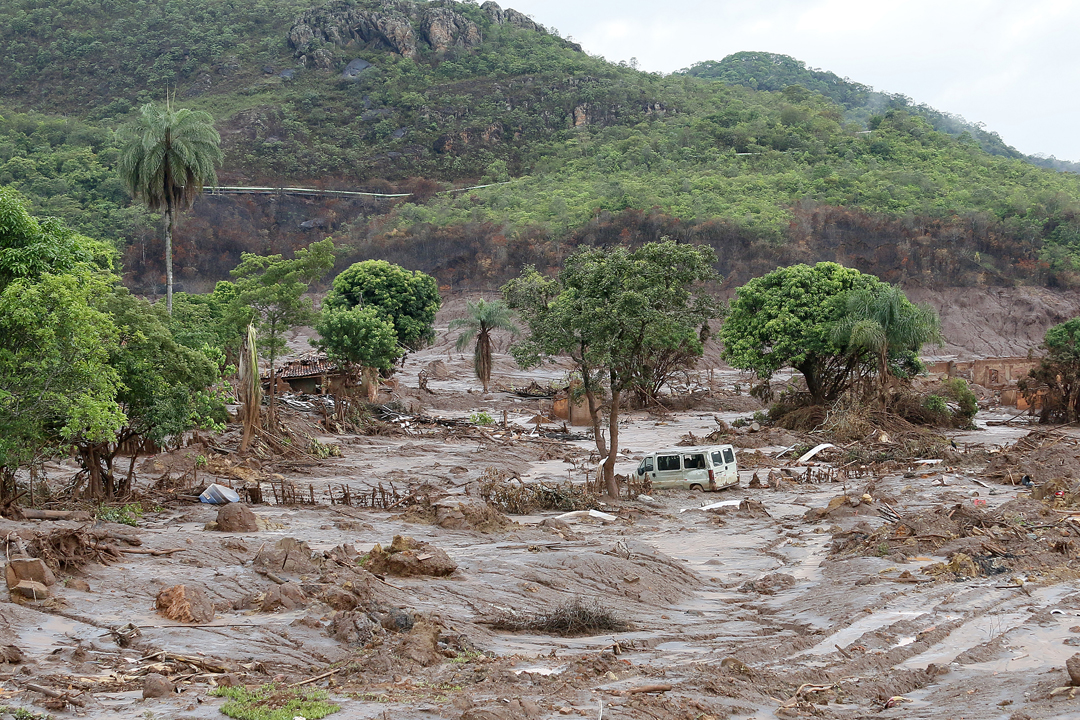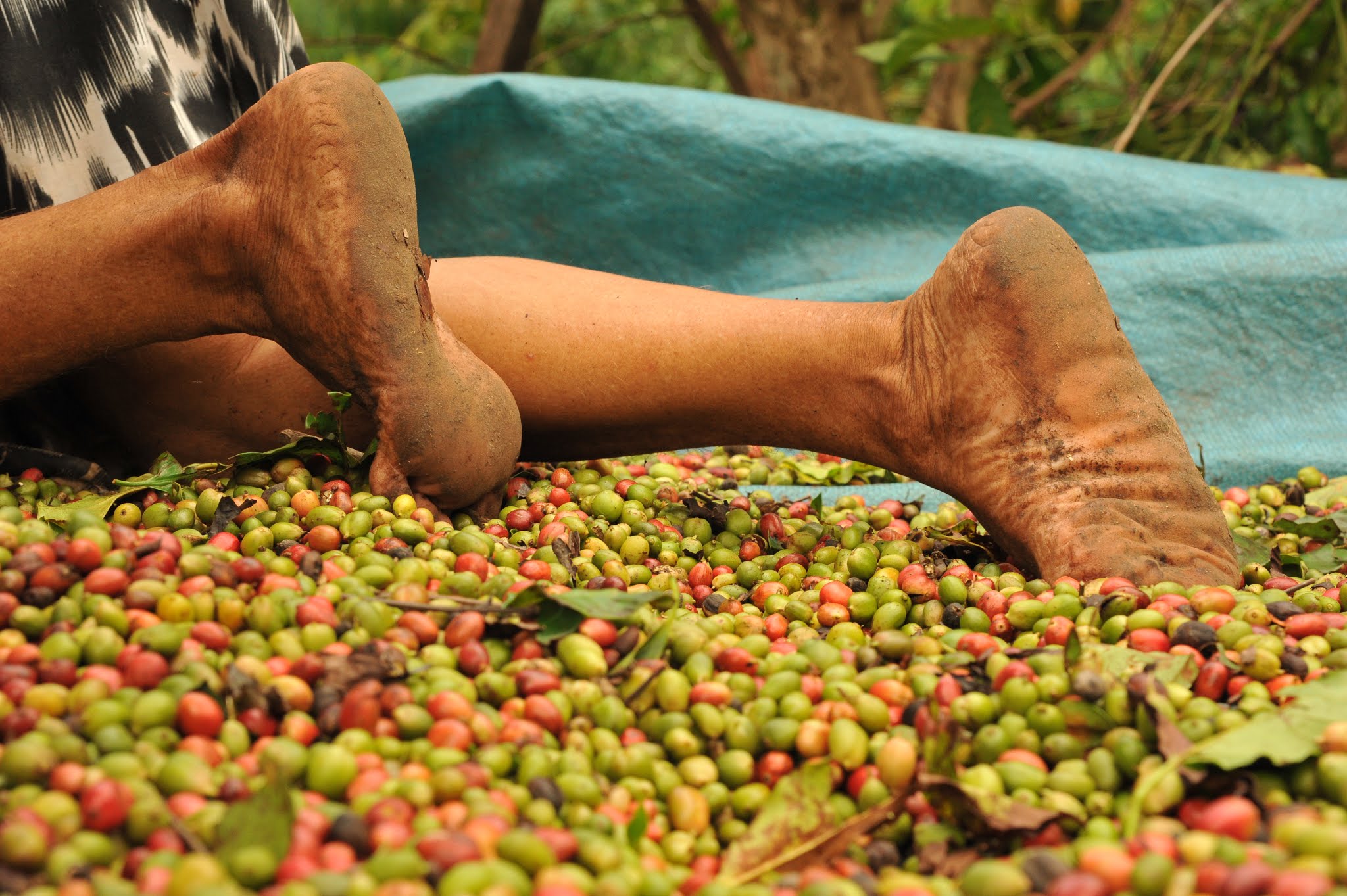Dead-lock hinders River Doce disaster remediation
 O rompimento da barragem de rejeitos da mineradora Samarco, cujos donos são a Vale a anglo-australiana BHP, causou uma enxurrada de lama que inundou várias casas no distrito de Bento Rodrigues, em Mariana, na Região Central de Minas Gerais. Inicialmente, a mineradora havia afirmado que duas barragens haviam se rompido, de Fundão e Santarém. No dia 16 de novembro, a Samarco confirmou que apenas a barragem de Fundão se rompeu.
Local: Distrito de Bento Rodrigues, Município de Mariana, Minas Gerais.
Foto: Rogério Alves/TV Senado
O rompimento da barragem de rejeitos da mineradora Samarco, cujos donos são a Vale a anglo-australiana BHP, causou uma enxurrada de lama que inundou várias casas no distrito de Bento Rodrigues, em Mariana, na Região Central de Minas Gerais. Inicialmente, a mineradora havia afirmado que duas barragens haviam se rompido, de Fundão e Santarém. No dia 16 de novembro, a Samarco confirmou que apenas a barragem de Fundão se rompeu.
Local: Distrito de Bento Rodrigues, Município de Mariana, Minas Gerais.
Foto: Rogério Alves/TV Senado
Two and a half years after the River Doce environmental tragedy, a series of factors are hindering the execution of reparations programs for impacted people. In a report presented to public officials and to Samarco, Vale and BHP Billion, the corporations involved in the Fundão dam collapse, Conectas exposes the chief impasses in the reparation process and proposes necessary changes to the governance models of the Renova Foundation and of the Interfederative Committee (CIF).
Established through a Transaction and Conduct Adjustment Agreement (TTAC) involving the corporations and the government, the Renova Foundation is responsible for the implementation of programs for recuperation of the River Doce basin and reparations for impacted communities. CIF is responsible for auditing the work of the Renova Foundation and can levy fines if the obligations outlined in the TTAC are not met.
The impacted communities do not have effective participation in the decision making process at Renova and CIF. Furthermore, the Foundation regularly disrespects the decisions made by the CIF, which causes delays and failures in program execution. Because of this, many impacted communities have not been recognized as such, which means they cannot obtain reparations. “To bring about the complete remediation of the damages, greater participation by the impacted communities and greater transparency in the dissemination of information about the case are necessary. The authorities and agents that did not uphold their obligations must also be held responsible,” explains Caio Borges, coordinator of the Development and Socio-Environmental Rights Program at Conectas.
The report also reveals some failures in the conception of the reparations programs. The environmental remediation programs are not coordinated with the programs for reparations for affected communities. Harm toward communities for whom fishing was a chief source of income, for example, will only stop when the river is restored.
“The participation of the communities in the decision-making process is essential so that their needs can be met in the most just way possible. The bureaucratic hindrances that Renova causes not only delay the reparation process, but also cause further harms to the people that depend on the river for subsistence. The River Doce tragedy completely transformed the way of life of many communities. The reparations should mitigate these harms,” Caio adds.
Two and a half years after the disaster
On November 5, 2015, the collapse of the Fundão dam caused nineteen deaths, left hundreds homeless and released approximately 32 million cubic meters of heavy metals into the River Doce, which flowed 700 kilometers to the coast of Espírito Santo state. Two and a half years later, the disaster is still impacting thousands of people. The damages include the elimination of the chief means subsistence for traditional populations living alongside the river, indigenous people and quilombola communities, lack of access to potable water, health risks caused by contact with contaminated water, and loss of home, among others.


